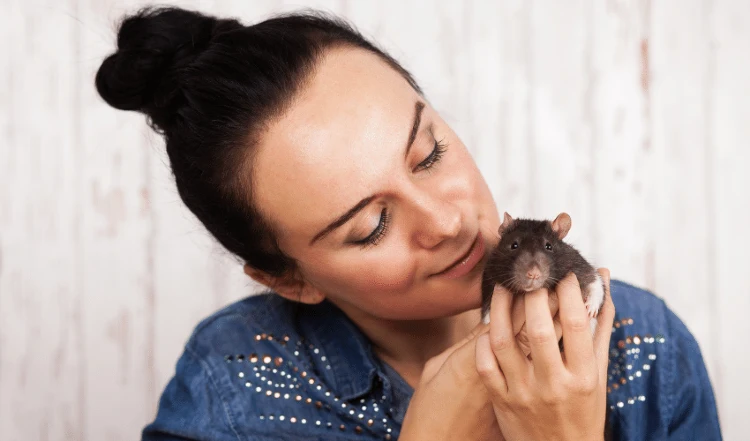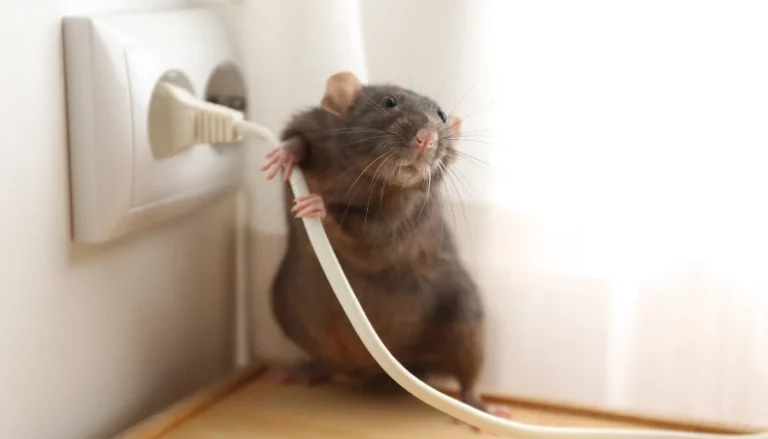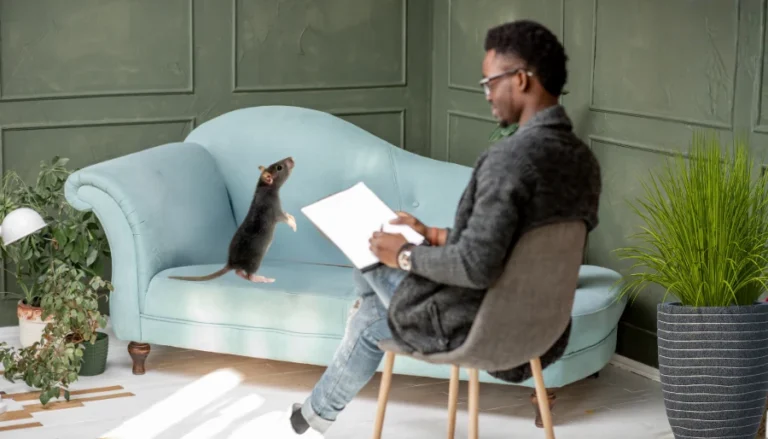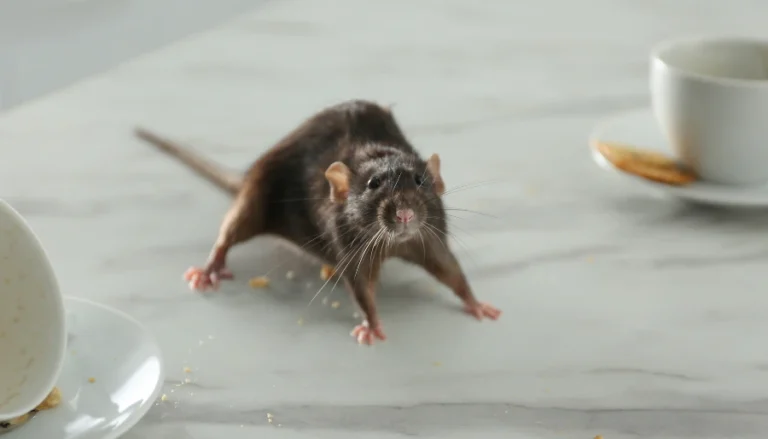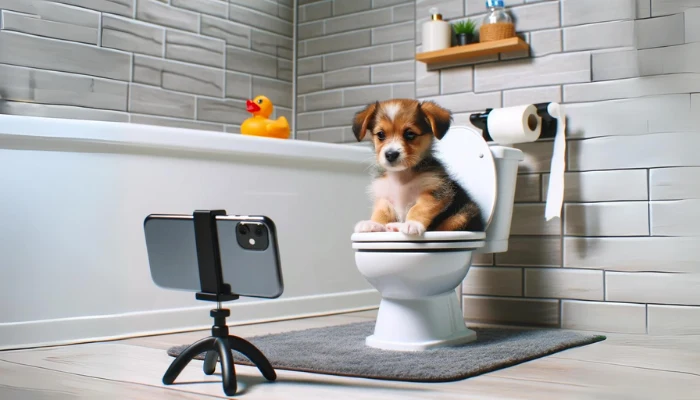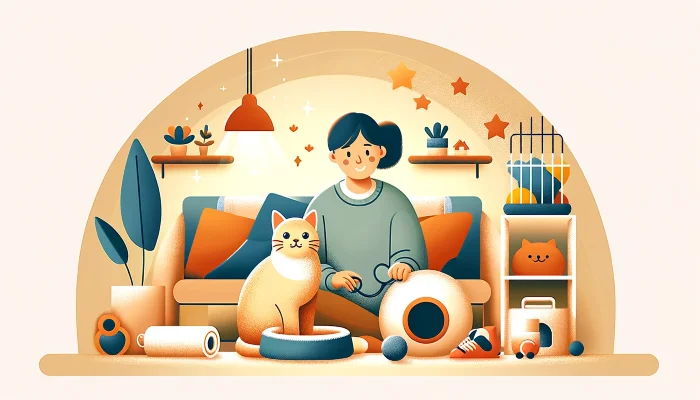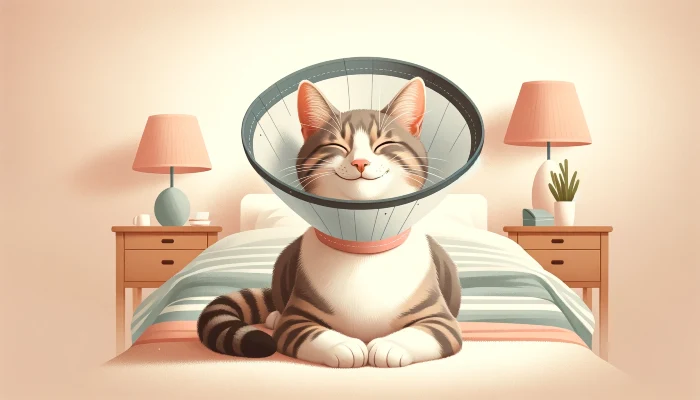Rats make amazing pets.
Rats are intelligent, friendly, playful and love spending time with humans.
Follow these 6 steps to give your rat a happy and healthy life.
Quick recommendation – consider getting two rates of the same gender, so they have company when you’re gone. Rats are highly social animals, after all.
6 Steps To Best Care For Your New Pet Rat
Step 1: Gather Supplies in Advance
As with most things in life, it’s important to be prepared. The first thing you need to do is gather all the supplies.
I’ve included a list of supplies below.
Pick The Right Cage
I suggest a multi-level wire cage for your rat.
This type of cage allows rats to climb while providing good ventilation for your pet’s overall health.
Select the largest cage that you can afford. This will give your rats plenty of room to run, hide and play.
Avoid cages with wire floors, the wire could cause injury to their feet.
Step 2: Position the Cage Wisely
Choose the room where your rat will live.
You’ll want to place the cage in a relatively quiet area that’s out of direct sunlight and away from drafts.
If you have other pets, it’s important that you put the cage in a safe, elevated spot where your rat will feel safe.
Rats can become stressed easily.
Step 3: Proper Cage Setup
Place a layer of bedding in the bottom of the cage. Choose a recycled newspaper type bedding like Carefresh or Yesterday’s News.
Don’t use wood shavings as these are irritants for your rat.
Give your rat a nest box.
You can use a flower pot turned on its side, or even small cardboard boxes that you replace often.
Your rat will love some pieces of paper towel or tissues (no lotion) to use as nesting material.
Keeping your rat’s cage clean is very important and ties directly to your rat’s health.
Rats tend to use the bathroom in one area of the cage, so remove the dirty bedding from this area daily.
The entire cage should be cleaned weekly, with the food dish and water bottle cleaned daily.

Step 4: Toys and Play are Critical
Rats love to play, so add some toys to your rat’s cage and switch them out often to keep things interesting for your inquisitive little friend.
There are many items that make great toys for your rat, and creating a fun environment for your rat is easy and inexpensive.
A few quick examples of great rat toys:
- Empty cardboard tubes
- Empty oatmeal containers
- Paper bags
- Cardboard boxes
- Ropes
- PVC pipes (clean)
Your rat will also enjoy wood blocks made for pet birds or rodents. They’re great to gnaw on. Be certain to get blocks designed for chewing from a pet department to avoid any possible toxic paint.
Place a hammock in your rat’s cage to give them a lofty place to sleep.
This is where your creativity comes into play to create a perfect playground for your rat to enjoy.
Of course, your rat will enjoy playtime out of the cage as well.
Just remember to always supervise your little explorer when he is out and about.
Make sure anything that can harm your rat is up and out of reach and remember rats love to chew (on everything) so keep a close eye on him.
If you plan to let your rat roam around, you might consider getting one of the harness and leashes made for rats to make it easier for you to keep track of him.

Step 5: A Healthy Diet is Necessary
Feeding your pet a healthy diet is important.
You’ll want to feed your rat a good quality rodent block (fortified complete diet for rodents) as the main part of your rat’s diet.
You should also offer a variety of fresh vegetables and fruits daily. Keep the amounts small and be sure to remove any uneaten food daily.
Rats love treats! You can make sure the treats are healthy and tasty by making them yourself, cheaply and quickly. It just so happens that we have an entire article on this very subject, five recipes included!
I’ve included a list of safe foods as well as unsafe foods for your rat below.
Step 6: Bath Time
Rats are clean animals by nature, but if you do need to bathe your rat, use a small pet safe shampoo and avoid getting water and soap in your rat’s eyes and ears.
Rinse them thoroughly and towel dry completely.
Be sure to keep your rat in a warm area until he is completely dry.
Rats love to play in water, so you won’t have a fight on your hands at bath time.
Rats need companionship just like we do. Contrary to the solitary Syrian hamster, rats are inherently social and thrive in the company of their own kind. They groom each other, engage in play, and huddle together for comfort. Without fellow rat companions, they can suffer from loneliness, which can significantly affect their mental and physical health. Therefore, the kindest act for a rat is to provide it with a cage mate of its own gender – you’ll prevent breeding and give your rat a buddy!
Supplies For Your New Rat
1. Cage (multilevel wire cage)
2. Water Bottle
3. Bedding (Carefresh or Yesterday’s News)
4. Food (Rodent Block)
5. Toys (ropes, ladders, new PVC pipes, hammock)
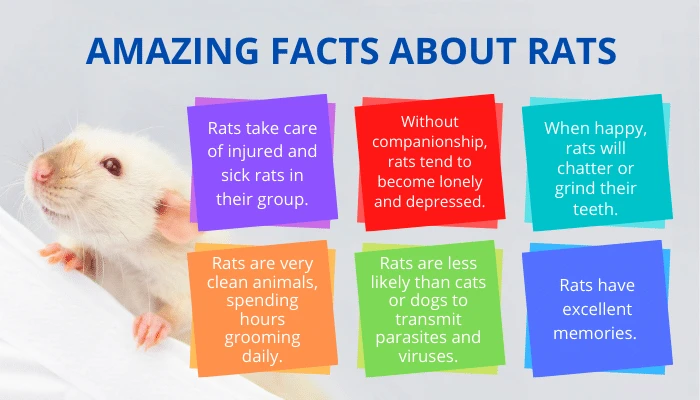
Safe Foods For Rats
- Almonds
- Apples
- Bananas
- Beans (cooked)
- Berries
- Bok Choy
- Carrots
- Cherries
- Eggs (cooked)
- Grapes
- Kale
- Parsley
- Peas
- Plums
- Sprouts
- Melon
- Squash
- Sweet Potatoes (cooked)
- Whole Wheat Pasta (cooked)
- Lean Meats & Liver (cooked)
Unsafe Foods For Rats
- Peanuts
- Walnuts
- Dried or Raw Beans
- Dried Corn
- Beets
- Celery
- Cucumber
- Eggplant
- Lettuce
- Radishes
- Spinach
- Turnip Greens
- Raw Sweet Potato
- Green Potato Skin & Eyes
- Orange Juice
- Carbonated Beverages
- Fatty Meats
Pet Rat FAQ
How long will my pet rat live?
Given the proper care, your rat could live 2–3 years and provide you with constant entertainment and companionship.
What health problems could my rat have?
The 2 most common health issues your rat may experience are respiratory diseases and mammary tumors.
If you notice any abnormal discharge from eyes, nose or rear end. Also, if you notice any lumps or growths or injuries, you will need to take your rat to the vet to determine the cause and treatment.
Can I teach my rat tricks?
Most definitely! Rats are smart, inquisitive and love to play, so they have a lot of potential to learn tricks.
You can teach them to fetch, play basketball, come when called and even jump through hoops.
Just remember, they do their best learning with a treat reward.
Do rats bite?
Like any other animal, rats can bite. If they’re handled with care, you have nothing to worry about.
Rats will only bite when handled roughly, injured or fearful.
Always handle your pet rat gently and give him lots of love, and your rat will most likely never bite.
Do rats like to be handled?
Yes, when rats are handled from an early age, they enjoy being handled and spending time with their human buddies.
Which are friendlier, male or female rats?
Both sexes when handled early on are friendly, if you are looking for a more docile snuggly pet, choose a male, and if you are looking for a more playful and energetic pet, choose a female.
Why does my rat lick me?
Rats will show affection by grooming its cage mates, so he could consider you as one of his buddies, or it could also be that you recently had a tasty snack, and he smells it on your skin.
Why does my pet rat pee on me?
Rats will urinate to mark its territory and favorite possessions, including his cage mates, so he most likely considers you a valued possession.
The famed American author and humorist, Mark Twain, is well known for his wit and love of adventure, but Twain also had a lesser-known affection for pet rats.
In the early 1900s, Twain was known to have kept pet rats during his time in New York City.
More To Discover
He found them to be intelligent and engaging companions.

There’s a charming account of Twain allowing his pet rats to roam freely in his billiard room, where he would watch them play and often use them as a live audience for his writings, reading out loud to them as though gauging their reactions. It’s said that he even fashioned a small pool table for them, delighting in their antics as they interacted with the balls and pockets.








